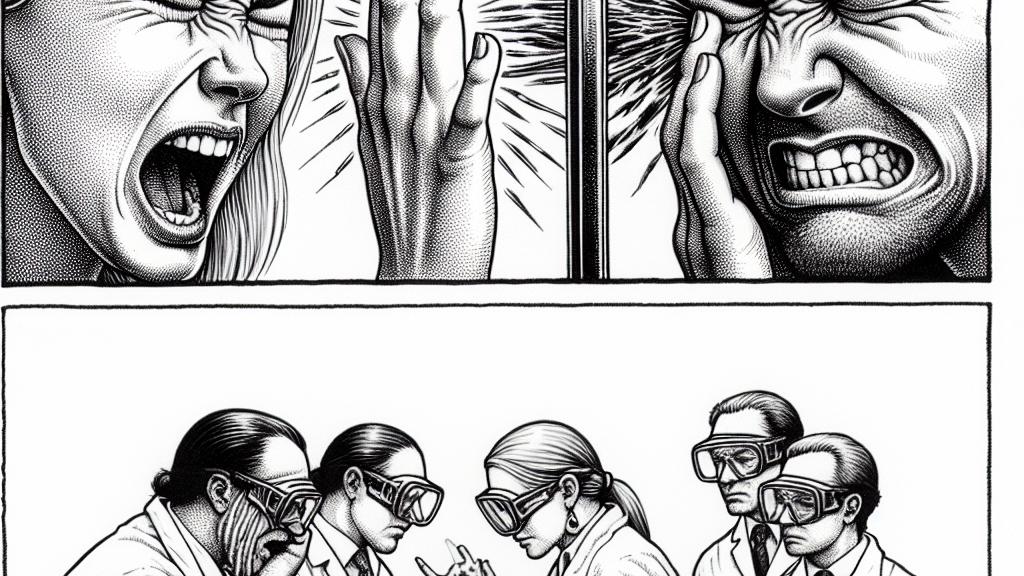Understanding How Some People Feel Pain Differently
Overview
- Unravels the complex reasons behind why pain experiences vary among individuals.
- Examines influential factors such as gender dynamics and cultural backgrounds.
- Emphasizes the necessity for tailored pain management strategies in healthcare.

Diverse Pain Thresholds: What Influences Pain Perception?
In Australia, a team of dedicated researchers is on a fascinating quest to uncover why pain feels so different for each of us. Imagine slamming your finger in a car door: for one person, it might be an excruciating experience that makes them yelp, while another person might merely wince and move on. This variability is nothing short of intriguing! Joshua Pay from the University of Technology Sydney highlights that women often report heightened pain sensitivity compared to men. This discrepancy may arise from both biological differences, such as hormonal factors, and social conditioning, where men are often taught to 'tough it out.' For example, studies show that men may underreport their pain due to societal norms that dictate they should be stoic. This leads to a disconnect in healthcare settings, where providers might not fully understand a male patient's pain experience.
The Psychological Complications Behind Pain
Now, let’s delve deeper into the realm of psychology, where the mind's role in pain perception cannot be overlooked. Consider this scenario: you're nervously awaiting exam results, and the moment you accidentally knock your elbow against a desk, your pain might feel magnified due to the stress. Research supports this notion—anxiety and depressive symptoms have been shown to heighten pain experiences. Take, for instance, a study with women suffering from chronic pelvic pain, where researchers found a direct correlation between their mental health and pain severity. This indicates that our feelings and mental states don’t just accompany pain; they can actually amplify it, demonstrating how intertwined our emotional well-being is with our physical health! The essence here is that pain is not merely a physical sensation; it demands our psychological responses and histories to be fully understood.
Cultural Norms and Their Impact on Pain Expression
Finally, we must acknowledge the profound impact culture has on pain expression. In some cultures, openly discussing pain is completely normal and even encouraged, allowing a shared understanding that can foster empathy and support. Conversely, in other societies, showing pain might be equated with weakness, compelling individuals to suffer in silence. For instance, consider the stoic nature often celebrated within many East Asian cultures. People from these backgrounds might keep their discomfort to themselves, believing that enduring pain is a virtue. This cultural backdrop influences not just individual behaviors but also the effectiveness of medical interventions. Healthcare providers who remain unaware of these cultural dynamics may miss opportunities to connect with their patients meaningfully. Hence, recognizing and appreciating these differences becomes crucial in ensuring compassionate and effective pain management tailored to each person's unique circumstances.

Loading...